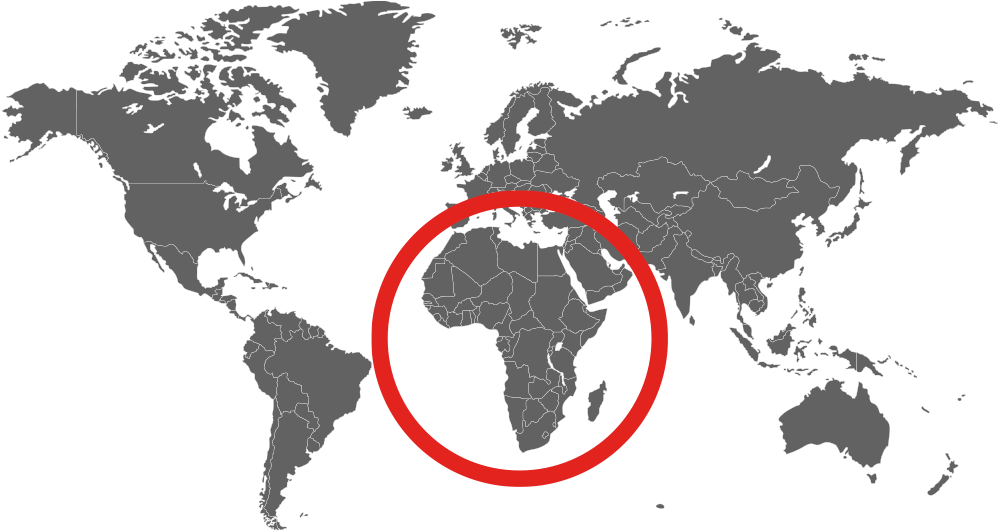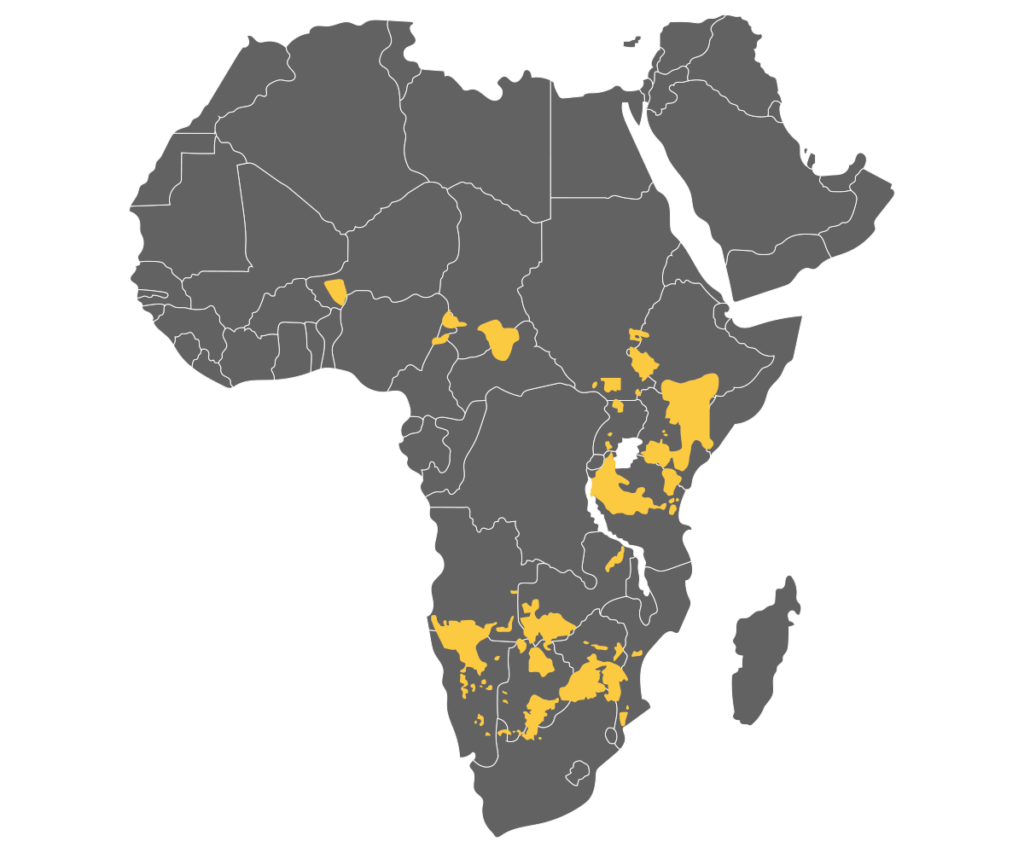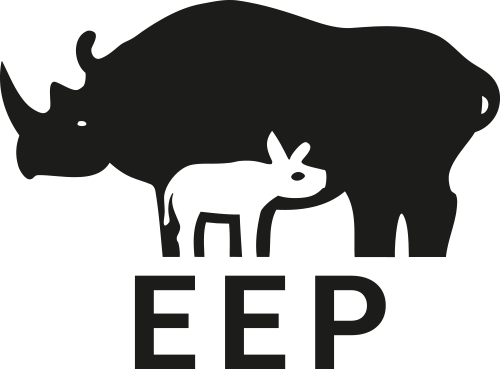Conservation Status:
Vulnerable

habitat
SAVANA
diet
herbivorous
Social life gregarious

weight
1.000-1.900 Kg
gestation
450-468 days



Conservation
programme
Studies conducted over the last few years have revealed the existence of four different species and nine distinct subspecies of giraffe (for more information, check www.giraffeconservation.org). Giraffe are, however, listed as one on the IUCN Red List, under the category Vulnerable.
Giraffe are the tallest mammals in the world – even newborn calves are taller than most people, at approximately 1.85m of height. Females give birth standing, requiring the newborn to abruptly enter the world with a two meters fall to the ground.
They are predominantly browsers and use their extremely dextrous and long tongue to help feed on a variety of leaves and avoid the plants’ defensive spines. A giraffe’s tongue measures approximately 50cm and is dark-coloured. Since they have to stick out their tongue to eat and they spend a large amount of the day feeding, the dark coloration helps protect this organ from sunburn.
Giraffe are currently extinct from seven African countries of their former range. Habitat loss and fragmentantion is a major threat to giraffe across the continent.
RSE joins in on the celebration of World Giraffe Day every year on June 21st, an initiative by Giraffe Conservation Foundation. GCF is the only NGO focused solely on giraffe in-situ conservation. RSE has raised funds directly for their work on the field, but also from anywhere in the world an important contribution to make is to help spread the word about this iconic species, celebrate it and shed light on the threats it faces in the wild.

